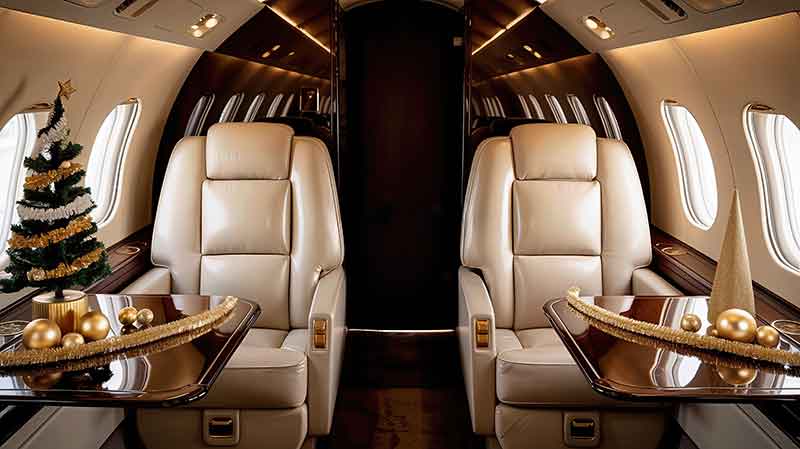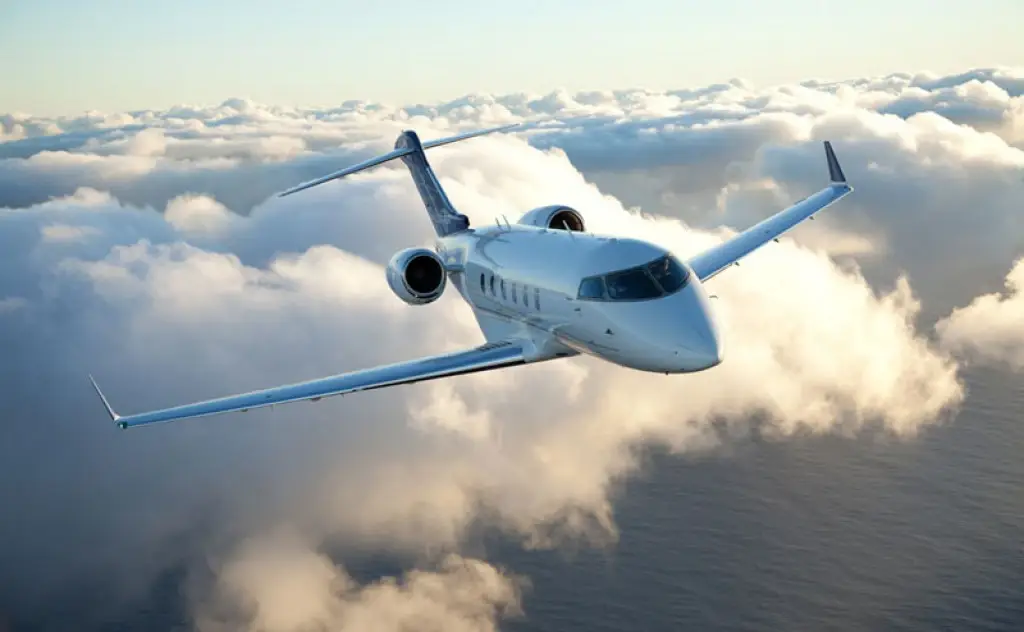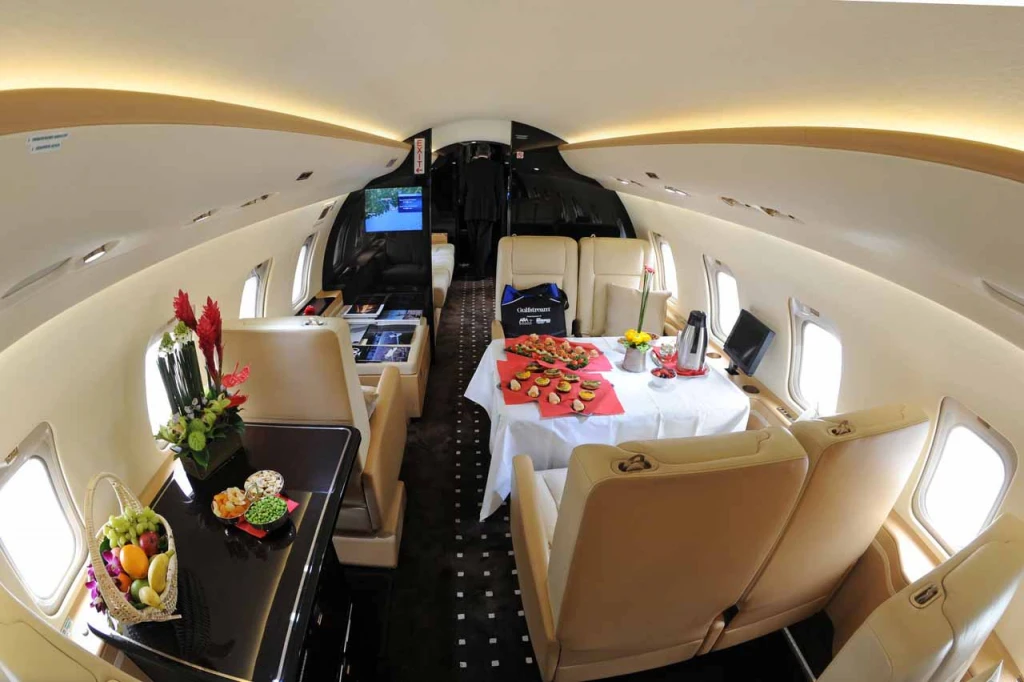Do you consider chartering a turboprop aircraft? Do you exactly know how it differs from other planes? To make it easier, we explain it in the article.
If you’re considering chartering a private jet, you may have heard or seen references to turboprop planes. Perhaps you’re now wondering, “Exactly what is a turboprop? How is it different from other planes? Should I charter a turboprop for my trip?”
To make it easier, we explain what a turboprop airplane is, and the trips it’s suitable for.
What Is a Turboprop Aircraft?
Put simply, a turboprop airplane (also known as a propjet) uses a turbo-prop engine rather than a piston-powered engine or a jet engine. And now we need to answer your next question:
What is a Turboprop Engine, and How Does It Work?
Turboprop engines are most commonly used on small subsonic aircraft, like charter jets and transport aircraft. They usually have a cruising speed of about 300 knots. However, some propjet planes can travel over 400 knots.
In a turboprop engine, the air is drawn into the intake and compressed by the compressor. Fuel is added to the compressed air in the combustor, and this mixture combusts. The hot combustion gases turn the turbine, which powers a shaft that spins the propeller. In a turboprop engine, almost all the turbine’s power is used to drive the propeller. A turboprop engine has better propulsion efficiency than a turbojet at speeds below 500 miles per hour. So, what’s the difference between a turboprop and a turbojet?
How Does a Turbojet Engine Work?
In a turbojet engine, the air is drawn into the front of the engine to be compressed and heated by the compressor. In a similar way to a turboprop, fuel is then added, and the mixture ignites in the combustion chamber.
The resulting hot air is passed through a turbine, which drives the compressor. The remainder of the exhaust energy is used to produce thrust. If the turbine and compressor are efficient, the discharge pressure will be nearly twice the atmospheric pressure. This excess pressure is vented through the exhaust nozzle as a high-velocity stream of gas, which produces thrust.
What is a Turboprop’s Biggest Advantage?
A turboprop airplane’s biggest advantage is that it’s lightweight. This in turn provides other benefits means:
It gives a better performance during takeoff and can climb quickly—ideal for mountainous areas. The response time is quicker than a jet.
It can take-off and land on shorter, rougher runways than light jets. Jets usually need a runway 5,000 ft long or more, but many turboprops can manage with just a 3,200 ft runway. Turboprops can also handle grass airfields and unmade airstrips.
It provides a higher power output for its weight than a jet, giving optimum fuel efficiency at low altitudes (ideally below 25,000 feet).
Other Advantages of a Turboprop Airplane
A turboprop has other advantages too:
It’s often the cheapest option for short flights (up to 400 miles or an hour). This is because they:
require less fuel than jets
their minimum charter time is usually less (a 90-minute minimum rather than the usual two-hour charge for light jets)
Extra cabin space: turboprops usually have more spacious cabins, making them ideal for taller passengers
Extra baggage space: if you have business items, golf clubs, or any other items you want to take along, turboprop planes have generous baggage storage
When is a Jet Better Than Turboprop?
Turboprops are slower and have a shorter range than jets, so for longer or time-sensitive trips, a jet’s a better choice. They’re also not suited for very large passenger groups. Even larger turboliners only carry around 18-30 passengers, although some can seat up to 59. However, for bigger groups, you’ll need a jet.
Something else to consider is that they fly at lower altitudes, which can make for a bumpier ride in bad weather.
Our Top Three Turboprop Planes
If you want to charter a turboprop aircraft, here are our top three turboprop planes to consider:
King Air 200
Max passengers: 9
Range: 1075 nm
Cruise speed: 290 KTAS (537 km/h)
The Beech King Air 200 is the most successful aircraft in its class. Its versatility means it’s popular as a rescue and ambulance plane. It can be piloted by a single pilot and its quiet running means it can land at noise-restricted airstrips. It has cutting-edge touchscreen avionics technology and two powerful Pratt & Whitney engines.

Pilatus PC 12 NG
Max passengers: 9
Range: 1573 nm
Cruise speed: 280 KTAS (519 km/h)
The PC-12 NG is made by Pilatus, the largest manufacturer of single-engine turboprops. Designed for versatility, it can be customized many purposes. This, coupled with its reputation for reliability, means it’s used around the world for a variety of government, military, and civil utility uses. It’s usually configured with two cabin zones and is certified for single pilot operation.

Beechcraft 1900D
Max passengers: 19
Range: 1356 nm
Cruise speed: 280 KTAS (519 km/h)
The Beechcraft 190D is a twin turboprop regional airliner. It has a long, tall cabin, allowing passengers to walk upright. It can be configured as a commuter aircraft for up to 19 passengers, a VIP executive suite with a bar, or in a passenger and cargo combination layout. It has two Pratt & Whitney PT6A-67D turboprop engines.

Why Not Try a Turboprop?
If you want the comfort of a private jet experience at a more economical cost, a turboprop charter could be the answer. Turboprops are also a great choice for short trips, and for trips using small airports or unmade/grass airstrips.
Know which turboprop airplane you want to charter? The you can easily get an online quote from us here at Paramount Business Jets. If you have any questions, contact the Paramount Business Jets team by email at charter@paramountbusinessjets.com or on +1-877-727-2538 ext. 1. They can arrange a bespoke trip that’s tailored to your needs.








